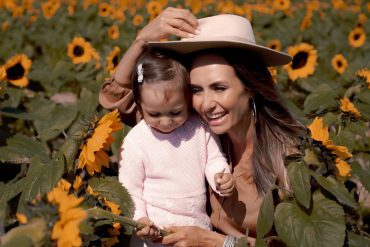Keep Your Guard up Against Conventional Guards
Sadly, for eco-friendly cabinet locks and outlet covers there is simply little other choice but to purchase plastic versions. And if you’re a general household you have to have alcohol and cleaning products that should be kept secured away from children. The best thing to non-plastic alternatives is recycled plastic, and luckily for you many of these don’t even contain BPA, lead, PVC nor other harmful chemicals.
For table protectors to soften out hazardous corners and edges of furniture, avoid foam bumpers which take centuries to biodegrade, and instead opt for cloth versions which run along the entire perimeter of your table.
The Return of the Borrowers
Every baby-proofing product has an expiration date in terms of when it ceases to become necessary in your household. One person’s trash is another’s treasure, therefore be proactive in your search for baby-proofing items in your circle of friends and family. Borrowing for a limited time is a no-brainer, but if this feels awkward you can always go down the second-hand route in bargain basements or via online marketplaces centric to your locality. You not only save money, but are not contributing to harmful manufacturing processes for products will end up on a landfill.
Yes, there is a lot of pressure on parents today, but hopefully – if you know how – going the eco-friendly route when baby-proofing your house shouldn’t be much more effort than the usual route of plastic shopping in the supermarket aisles. You’ll not only have more opportunity to save money on second hand, or borrowed items, but you’ll also be protecting your child from ingesting harmful chemicals.
Emily is the editor of Conservation Folks and a sustainability and conservation blogger. Follow her on Twitter to see the latest updates.



